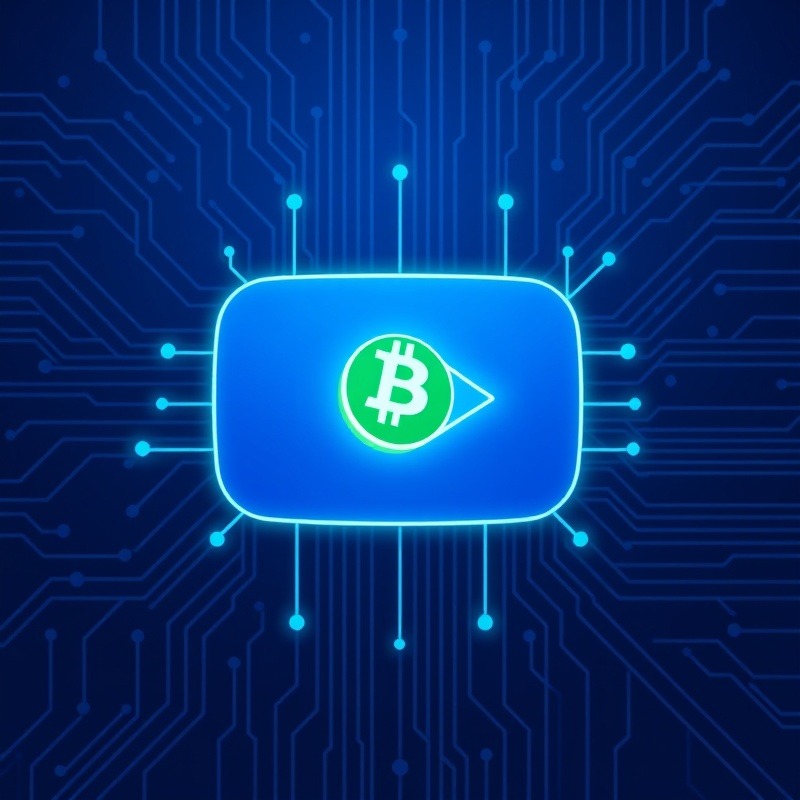
The Road to Mass Adoption: Why Tokenized Assets Struggle
In the evolving landscape of cryptocurrency and blockchain technology, the concept of tokenizing real-world assets (RWAs) has garnered significant attention. Yet, the widespread adoption of these innovations remains elusive. A recent discussion on the channel delves deep into this issue, pinpointing several critical barriers that are stalling mass integration into mainstream finance. With an array of tools and emerging technologies at our fingertips, a crucial question looms: why aren’t tokenized assets the norm yet?
In 'Exactly How CRYPTO Mass Adoption EXPLODES Through RWA Tokenization,' the discussion dives into the challenges and potential of tokenized assets, prompting a deeper look at why mass adoption hasn't yet materialized.
Breaking Down Barriers: Challenges Facing RWA Tokenization
Despite the potential of real-world asset tokenization, several challenges persist. These include a lack of standardized protocols, scalability issues, and market liquidity problems. Imagine wanting to transfer value—say a $10 coffee shop gift card—on a blockchain, only to find that the transaction costs, or gas fees, outweigh its value. As of now, many such transactions remain impractical due to high costs and slow verification times.
Additionally, interoperability challenges arise when the tokenized assets on one blockchain don’t work seamlessly with another. For instance, tokenized property on the Ethereum network may not function efficiently within DeFi protocols on the Binance Smart Chain. This inconsistency can lead to significant operational headaches for users and developers alike, creating obstacles for everyday transactions.
The Importance of Market Liquidity in Tokenization
Liquidity is the lifeblood of any trading environment, and it’s particularly crucial when dealing with tokenized assets. The discussion highlights how thin liquidity can stall sales—perhaps reminiscent of a poker game with dwindling players. Without sufficient buyers to match sellers, tokenized properties—and their values—can stagnate, leading to inefficiencies.
The existence of emerging platforms, such as OpenC and T0, is a beacon of hope in addressing liquidity issues. These marketplaces are paving the way for smoother transactions by facilitating the trading of tokenized assets, promising a more vibrant market ecosystem. As liquidity expands, this could incentivize greater engagement and ultimately foster mass adoption.
Technological Solutions: Layer-2 and AI Innovations
As the pain points of tokenization are laid bare, it's clear that technological advancements will play a crucial role in overcoming them. Solutions such as layer-2 technologies—including Arbitrum and ZK rollups—are emerging as key players. By enhancing transaction speed and reducing fees, these innovations promise a brighter future for tokenized assets and overall blockchain scalability.
Moreover, the introduction of AI and machine learning for real-time asset valuations offers a competitive edge, allowing for accurate and timely assessments of properties and other tokenized assets. By integrating cutting-edge technology into the ecosystem, we can go beyond mere tokenization and ensure that the assets hold accurate value, reflecting real-world conditions.
Understanding Trust: The Backbone of RWA Tokenization
Trust is paramount in finance, and tokenized assets are no exception. Addressing trust barriers through enhanced verification methods is crucial for institutions considering entering the space. The discussion delves into verification issues, signaling how fraudulent tokenization could undermine confidence in the system.
Implementing standardized auditing practices along with blockchain’s transparent nature can mitigate risks associated with token discrepancies. Trustworthiness will only solidify as the market adopts third-party audits and Internet of Things (IoT) integrations, further bolstering asset authenticity.
Looking Ahead: Future Potential and Trends in RWA Tokenization
As we stand on the brink of this asset revolution, the potential for tokenized real-world assets is immense. The insights from the original video—"Exactly How CRYPTO Mass Adoption EXPLODES Through RWA Tokenization"—highlight the challenges and provide opportunities for strategic improvements. With robust technological advancements and a commitment to standardization, the dream of widespread tokenization could be within reach. Market liquidity and consumer trust are not just buzzwords but fundamental pillars supporting the future landscape of decentralized finance.
As the cryptocurrency community continues to evolve, understanding these factors will be crucial for retail and institutional investors alike. As we forge ahead, it’s essential to stay informed and proactive about developments in tokenization—for these trends are poised to redefine the financial world as we know it.
Ready to dive deeper into the world of crypto? Stay ahead of the curve by regularly checking industry updates, analyzing market trends, and learning about the latest technologies that are shaping RWA tokenization and beyond.
 Add Row
Add Row  Add
Add 




Write A Comment